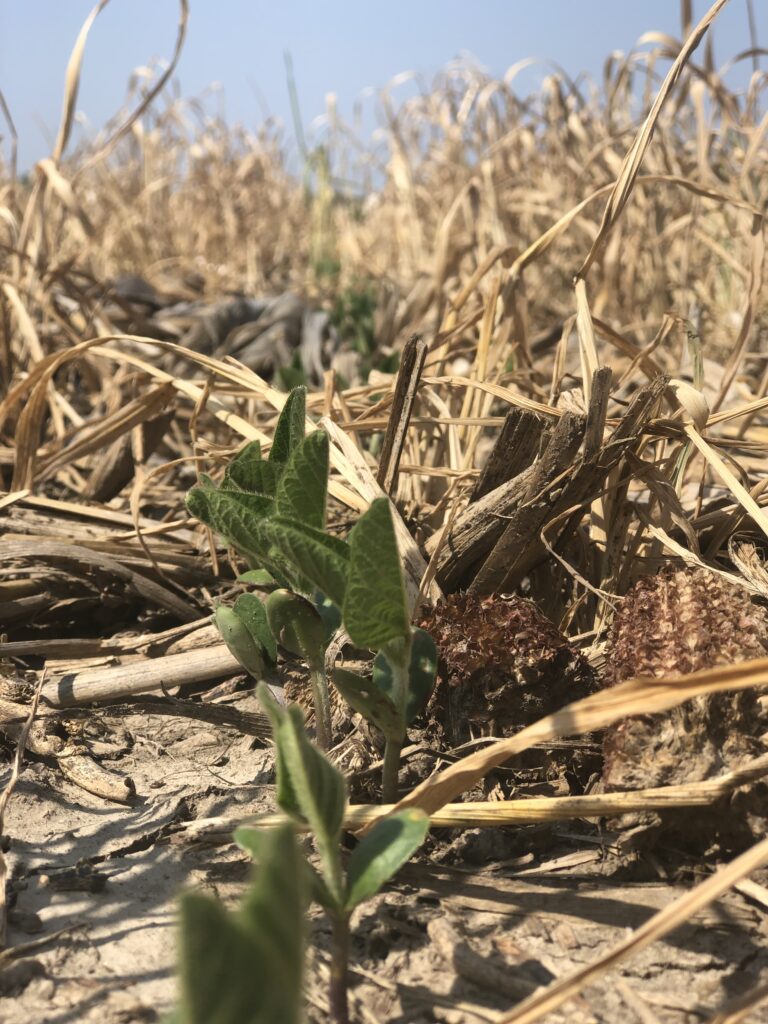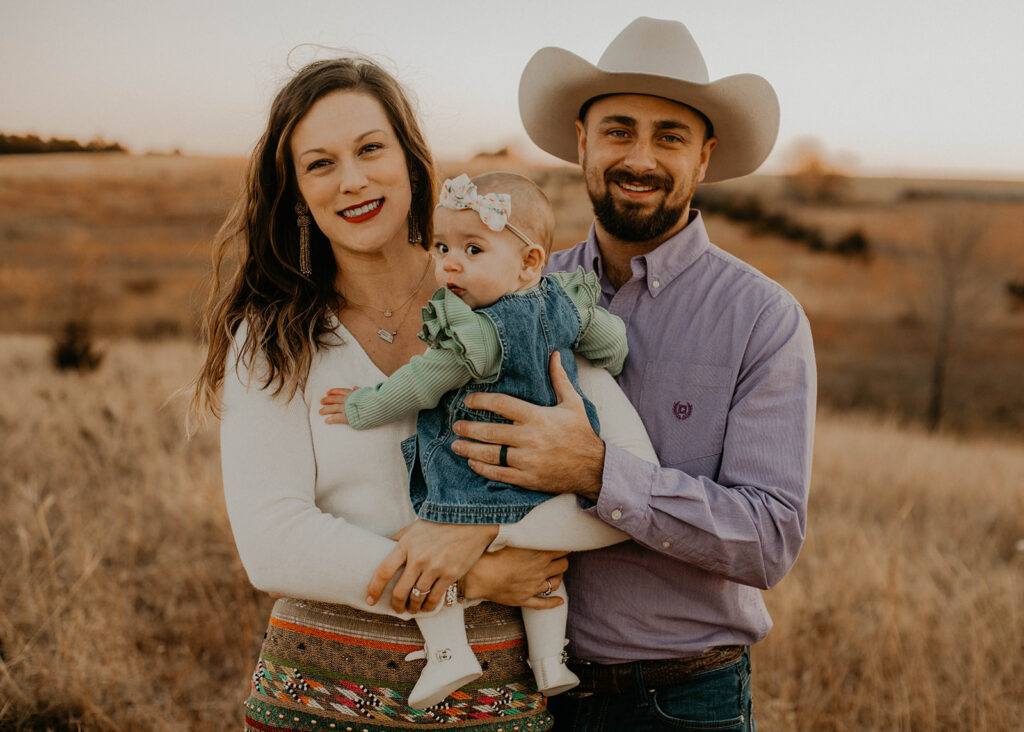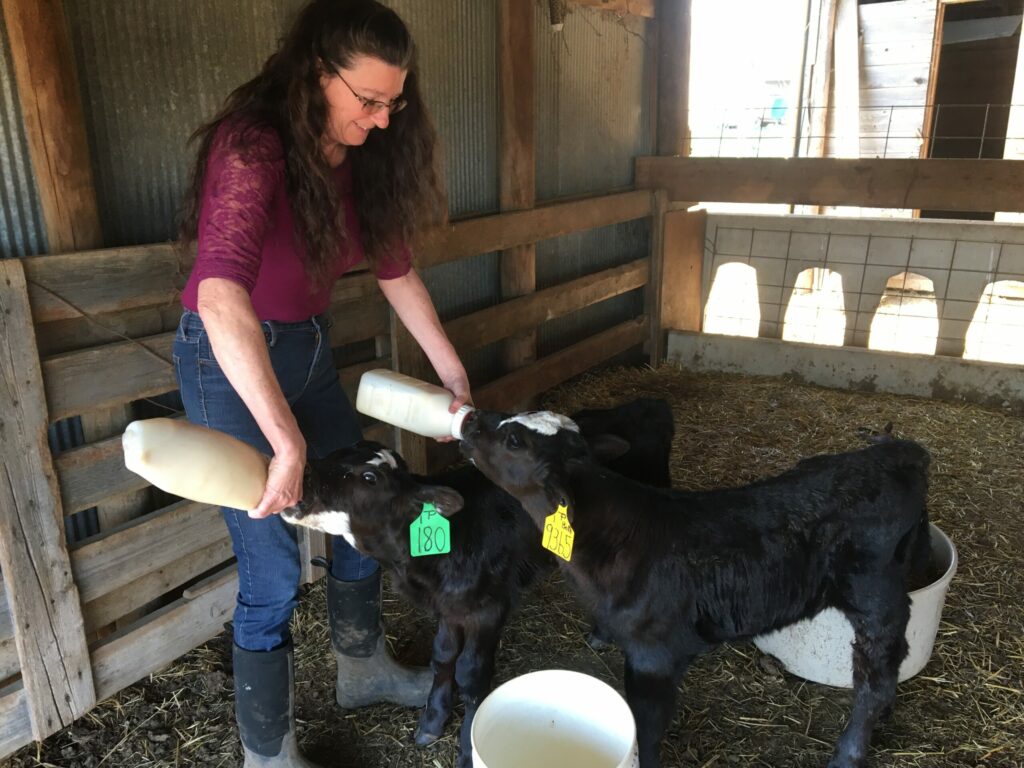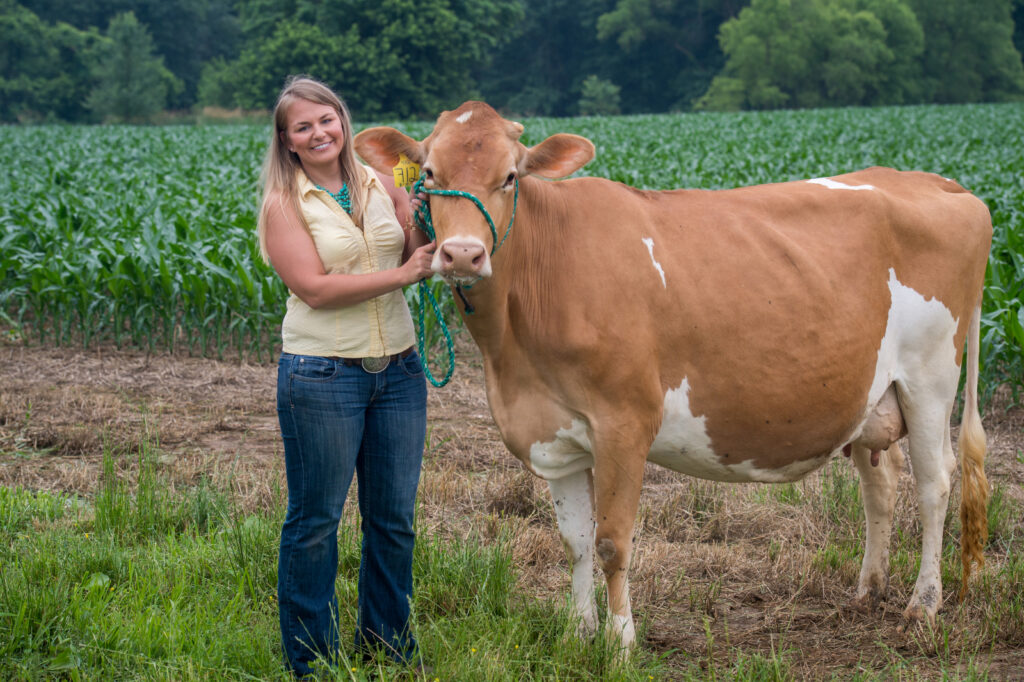Soil Investor, Cover Cropper Morgan Wrich



For Morgan, raising top-notch corn in one of the windiest states of the U.S. is a lifelong, caring commitment.
If people could see one thing about our farm, I wish they could see how much we care. I think about our crops all the time. I think about it at the gas station when I fill up my tank with E151. I think about our corn when I diaper my 11-month-old daughter. There are so many things that we use and eat that contain corn. It matters because it could be our corn. Because of that, I want any crop that we raise to be the very best crops that they can be.
In order to raise crops like that here in Nebraska, we have to work hard to protect our soil. There are several things that we do that keep our soil in place and in good condition. Here are a few.
Looking Back
We look at data from previous years and from this area to see what is helpful. Some of our fields have irrigation systems. We use moisture probes on those fields so that we can see the actual moisture level in the soil. Even if the soil looks dry on top, we might not have to irrigate. Overall, it helps us to conserve water and give the soil only what it needs at just the right time.
Keeping Soil in its Place
We are no-till farmers. That comes naturally for me because I learned how to farm from my grandpa, who was one of the first no-till farmers in his county. I never saw him use a disc once in all of my years on his farm. I didn’t know any different! Since Nebraska is so windy, this makes a big difference. We have fewer opportunities for the wind to blow our soil away.
We also try to keep something on our fields year-round. There are several ways we can do that. For example, when we harvest our crops in the fall, we leave behind what farmers typically call “residue” or “trash.” It includes leftover stalks, stubble, seed pods and leaves. Instead of cleaning all of that up, we leave it on the soil to keep the soil in place. Then we come back around and plant a cover crop like rye before it gets late in the season. This way the cover crop has time to grow a bit and spread to hold the soil before winter hits and the rye goes dormant.



Choosing the Right Seeds
We buy seeds that are specifically tested and selected to withstand drought. Some of our fields have irrigation systems, but some of our fields do not. I laugh when I talk about our rainfall and say, “This isn’t Iowa!”. They typically get continuous rain throughout the season. Our rainfall is very irregular, and the last few years have been really dry. We need all the help we can get, so with seeds that perform well in dry conditions we are off to a better start. We also struggle in this region with pests including corn borer and army worms. We choose seeds that specifically fight against these pests to help each plant thrive. This also means we can reduce the number of times we have to drive through the fields and spray protectants later in the season, which would disturb the soil.
1The Environmental Protection Agency (EPA) defines E15 as gasoline blended with 10.5% to 15% ethanol. Ethanol is a plant-based field typically made from corn raised in the U.S.




